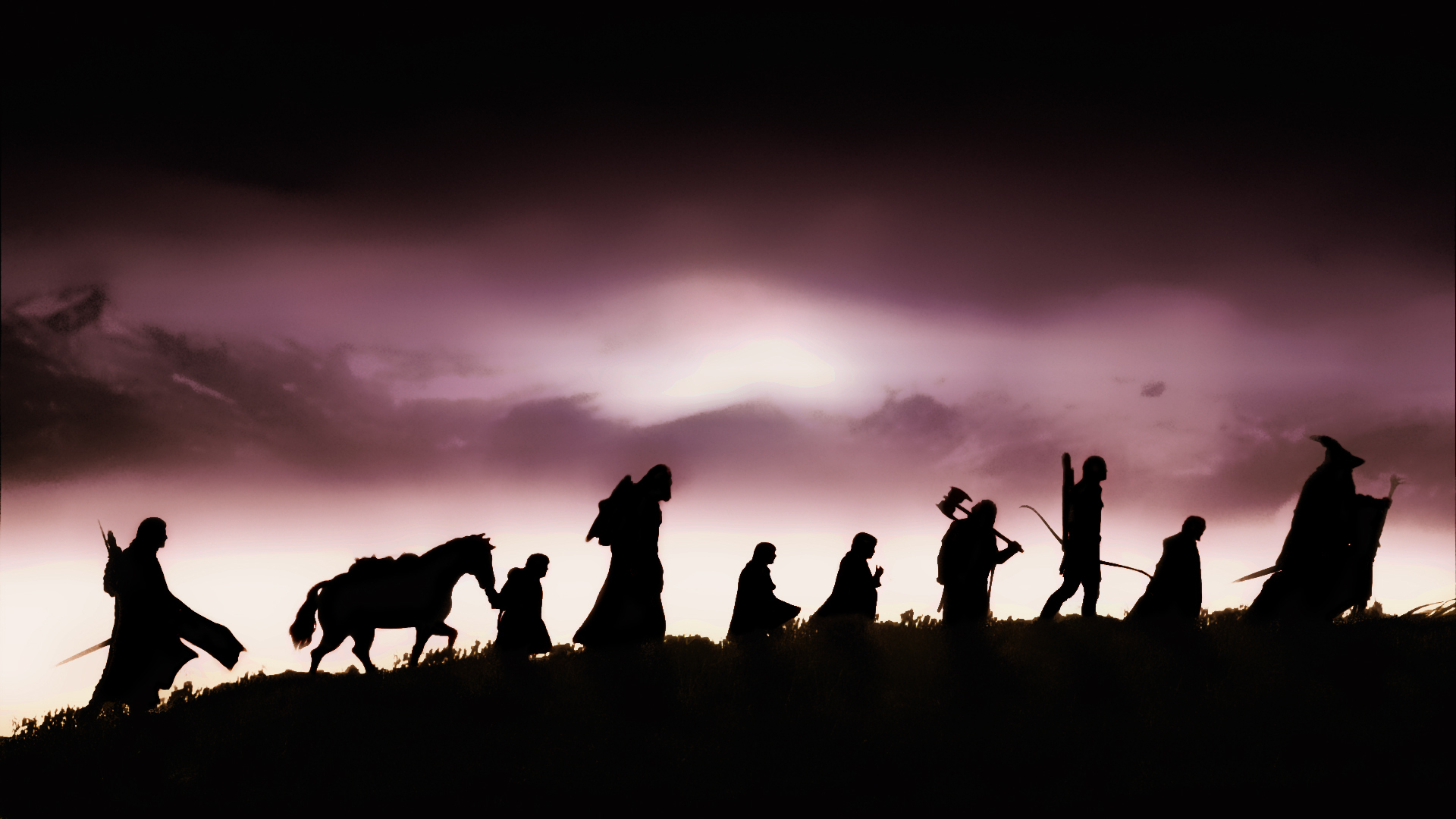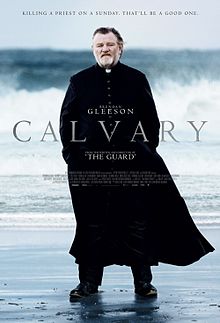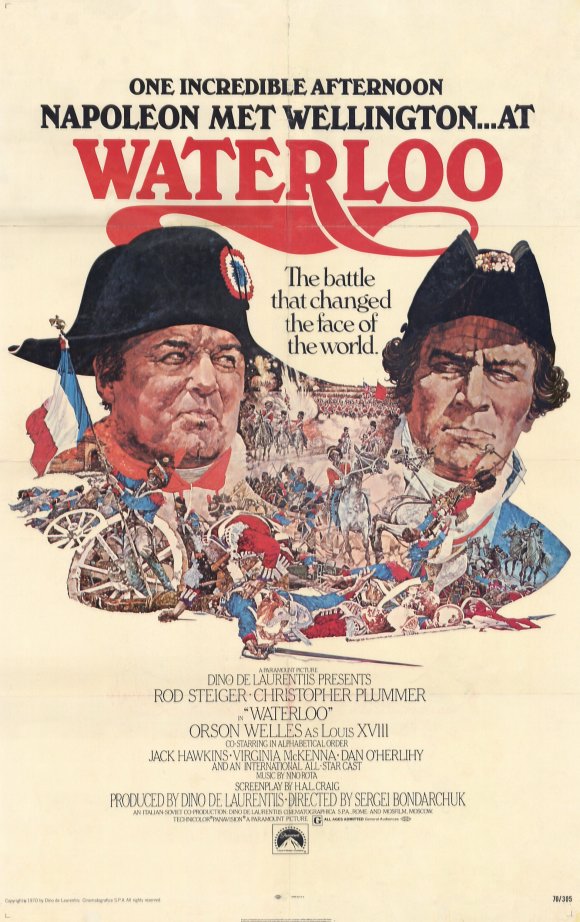In way or another, all of us have been deeply affected by the legacy of Walt
Disney. Maybe we fell in love with the magical animated features as kids, or
wound up visiting the mega-theme-parks in Florida or California, or perhaps
bought sparkly franchise trinkets to adorn our rooms. Maybe the historical adventures
in the live-action feature films got us interested in our country’s past for
the first time, and the enchantment of the Disney princesses prepared us to
leap into the grown-up world of fantasy and mythology. Perhaps the songs
inspired us to start singing ourselves, the artwork inspired us to draw, or the
stories and characters enabled us to identify with them and rise to the
challenges in our own world.
Perhaps, in some subtle way, these “childhood
epics” truly defined who we would grow up to be. They have a very real magic
about them. For all the faults that many of these productions may have
(especially, I would say, the later ones, which occasionally muddy the moral
waters), there is still some goodness about them that makes them many of them
timeless. Indeed, Disney movies are often used as therapy for children with
autism, down syndrome, and other health challenges, and have been able to help
many express themselves and come out of their shells. The profound healing
power truly of these simle little stories and songs truly makes them “a
fragment of the true light”, and a blessing in disguise.
The following is an assortment of some of my top
personal favorites among the Disney animated and live-action feature film
collection. While there are a slew of others worthy of mention, and I do not
claim this an any sort of definitive list, I hope you will enjoy perusing and
be inspired to look up some of the flicks you may not have seen, and re-watch
old favorites that you have many times before!
Robin Hood, the 1973 animated feature film, has
undoubtedly been one of the most singularly influential movie in my life. As a
little girl of 6 years old, I was instantly absorbed by the heroic story-line
portraying different animals as the main characters in the classic tale. My
first crush was on that clever, good-hearted, English-accented fox, and through
him, my love of England sprouted and grew. The other characters were so
memorable as well: Little John the Bear, Friar Tuck the Badger, Maid Marian the
Vixen, Ala a Dale the Rooster, etc. etc. They were all wonderful friends
brought to life through gorgeous animation, and forever associated with the
many songs laced throughout, such as “Love Goes On and On”, “Robin Hood and
Little John”, “A Pox on the Phony King of England”, etc. etc .! The fact that I
have a shelf loaded down with Robin Hood memorabilia, including books, VHS and
DVD movies, Disney puppets, lunchboxes, comic books, etc. is a testament to the
life-long effect one little movie can have on a girl!
Sleeping Beauty, the 1959 animated feature
film, was another life-changing film from my youth. Countless times as a child,
I would get together with friends to put on plays and recite those wonderful,
pseudo-Shakespearian lines from the film. In fact, if you asked me to do it
now, I would put on my most villainous voice and quote Maleficent: “Forest of
thorns shall be his tomb! Go through the skies with the plot of doom!” I would
also quote the good fairy, Mistress Merryweather: “O Sword of Truth, fly swift
and sure! Let evil die, and good endure!” For me, it is the quintessential
fairy-tale brought the screen. I mean the music is from Tchaikovsky, and the
artwork is gloriously neo-gothic in feel. “Once Upon a Dream” is still a favorite
in my show-tune repertoire. And the characters are delightful: Aurora, Prince
Philip, Mistress Flora, Fauna, and Merryweather, and the oh-so evilly elegant
Maleficent. It really can’t be beat.
Pocahontas and
Pocahontas II, from
1995 and 1998 respectively, are probably my favorite animated features from the
Disney Renaissance. They may be historically inaccurate in many places, but I
actually find them less offensive my sensibilities than many period piece
mini-series that purport to be telling the truth as it happened! At least they
had the heart of the stories in the right place, and tried to be fair to both
the English and the Native Americans. Plus, the characters are attractive, and
the side-kick characters are actually cute instead of being annoying! More than
any other Disney animated production, this is a Broadway-style musical,
complete with some beautiful songs such as “Just Around the River Bend”,
“Colors of the Wind”, and “Where Do I Go from Here?”. Plus, I must admit a
liking for John Rolfe…he’s just superior to John Smith, and it was historically
accurate that she should wind up with him in the sequel…even though he didn’t
really rescue her from the Tower of London! But hey, it’s all in good
fun!
Mulan, from 1998, was another unique
exploration of a broadly historical theme, and got me more than a little
fascinated in Chinese culture (in addition to my previous love of
Kung Fu
and
Sagwa!). Mulan is really the Joan of Arc of Ancient China, and her
heroic decision to take her father’s place on the battlefield to drive back to
invading Huns is based off of an ancient poetic saga that was just dying to be
made into a motion picture. There are sections of the cartoon that are a tad
crude and incongruent in mood, and the magic dragon side-kick can be a tad
annoying. But still the overall storyline and animation (check out the 3-D
charge sequence!) are excellent. Also the rousing theme song “Be a Man” is
always a catchy aside, both in English and Chinese, as provided in the special
features!
The Great Mouse Detective, from 1986, is an
adorable, little-known gem that plays out a clever spoof on Sherlock Holmes…in
mouse form! Olivia, a spirited Scottish mousling, sets out to find Basil Mouse,
the greatest detective in London, in hopes of rescuing her toy-maker father who
has been kidnapped by the evil Professor Ratigan and his scurrilous Cockney
mouse minions! Along the way, she meets the bumbling Dr. Dawson who teams up
with Basicl to uncover the kidnapping…and unmask a sinister plot against the
Queen on her Diamond Jubilee! All the characters were delightful, and the humor
managed to achieve a spoof on Sherlock without being cynical. The only problem
I really had with it was the “dancing girl” sequence in the seedy tavern, which
I thought might have been a bit too suggestive for little kids. Otherwise, this
is a must-see.
The Jungle Book, from 1967, is an entertaining
romp, which may not be Kipling…but it’s a lot more fun! In fact, I would go on
to say that it is quite possibly one of the “bear necessities” of any Disney
list! A classic growing up tale with another elegant villain, Sheer Kahn, and a
troupe of lovable sidekicks from panthers to bears to wolves to elephants,
Mowgli finds the place where he really belongs among his own kind, through the
intervention of an adorable village girl. Musically, this is another film that
cannot be beat for catchy tunes, most notably the beloved “Bear Necessities”
and “I Wanna Be Like You!.” This was the last animated feature to be made with Walt
Disney’s personal touch, as he died soon after release. Indeed, it was in many
ways the end of a generation.
The Little Mermaid,
from 1989, was the grand kick-off to the Disney Renaissance, and sparkled with
a charming story-line and lovable characters. While I have reservations about
Ariel’s bikini, it must be admitted that Hans Christian Anderson’s original
mermaid was depicted naked (check out the Mermaid of Copenhagen if you don’t
believe me!), so technically Disney made an improvement! Besides, she’s not
actually in a bikini the whole time…she winds up in a nice frilly dress on
land, which fits her becomingly. King Trident, her long-suffering father,
actually turns out to be a Christ-like figure who sacrifices himself for his
daughter who sold her soul to the devil in the form of Ursula the sea-witch,
all in pursuit of love with a human, Prince Eric. The loss of Ariel’s voice is
also very symbolic of the loss of her soul and her self. The rescue could have
been more allegorically profound that ramming into evil witch with a boat, but
at least Eric gets to do something to make himself useful after all the trouble
he inadvertently causes over the course of the tale!
The New Adventures of Winnie the Pooh,
which ran from 1988 to 1991, is an innovative and thoroughly delightful take on
the original Pooh stories. As a little girl, it was one of my all-time favorite
TV shows, and I still own much of the series, to watch someday with my own
children! Pooh and his pals become more Americanized in this version to better
suit the audience, and the mood takes on a more comic tone, as their adventures
branch out in into an array of themes and story-lines, all light-hearted and
warmly rendered. Whether the subject matter is the Wild West, wishing wells,
super-sleuths, falling stars, house-warming parties, or cross-country racing,
this series pretty much has it all! As a side-note, I would like to say that
the series is *much* superior to the later “Pooh Movies” put out by Disney,
which were far too dark and emotionally heavy, distorting the character
interaction and the clean style of the animation. So yeah, just stick with the
series! ;-)
Tangled, from 2010, is a gorgeously animated
modern manifestation of the classic Rapunzel story. It’s all about an adorable
blonde princess with magical glowing hair, which has the power to heal and
restore youth. However, a miserly old lady named Mother Gothel wants to hoard
her magic, so she kidnaps her and takes her to live in a tower where no one can
find her. It is only through the intervention of Flynn Rider, an unlikely hero,
that she is able to find her true place and emerge into the sunlight! Blending
the best of old and new artistic techniques in a 3-D production, some have
hailed it as the beginning of a “neo-Renaissance” for Disney. The floating
lantern sequence is especially stunning. Among the most recent “princess”
films, I would definitely say its has the most originality and style, and the
best plot construction.
Frozen, from 2013, may be the victim of an
over-kill hype, but it is still a “cool” little Nordic-style frolic, in the
spirit of Hans Christian Anderson’s “The Snow Queen”, if not by the letter of
the book! This feature film stand out for having two princesses instead of one,
and for having a unique twist on the meaning of “true love.” Elsa makes
an elegant if paranoid accidental ice queen, and Ann her sister is an adorable
heroine. Kristoff, Sven, and Olaf add to the fun in the supporting cast, and
while Prince Hans winds up being a different type than of character than we
might have hoped for (I do my best to avoid spoilers here!), he too has an
integral part to play in the plot to get the main message across. Magical
animation and music score (love “Let It Go”), and the moral that true love
really does win over all because, to quote Olaf, “some people are worth melting
for.”
Brave, made in 2012, is a film with
mixed reviews to its name. I must include it in this list for the glorious
Scottish setting and magnificent art-work alone. Its story-line has interesting
elements, involving a fiery read-haired, Scottish accented princess Merida who
refuses to be wed to a man against her will, and competes in an archery contest
to win her freedom. And yet the whole dynamic of having her mother turned into
a bear (and back again!) kind of underwhelmed me and proved a bit confusing.
Still, it had quite a few good messages to share, including the importance of
understanding in a mother-daughter relationship, the value of unity and working
and together, and the necessity of balancing tradition with innovation and
grace with strength. It also had a very Celtic take on mystery, magic, and
destiny bound up with the land. This film also has a beautiful Celtic score,
with the song “Touch the Sky” sung by Julie Fowler.
Old Yeller, from 1957, is one of Disney’s
most beloved and simultaneously tear-jerking live-action features. Its about a
Texan Confederate family struggling to make ends meet in the aftermath of the
Civil War. The two boys, Travis and Arles, find a stray “yeller” dog, who Arles
takes into his heart. Although it takes Travis a longer time to warm up to
their new family member, he eventually does and “Yeller” goes on to save both
their lives. He will go on to be their beloved companion and protector until
tragedy strikes, and Travis must perform the most difficult act of love. A
powerful story of love, sacrifice, and what it means to become a man. Excellent
acting of both humans and animals, and just the right southern accents, I
reckon!
The Parent Trap, from 1961, is a
heart-warming tale of a full-scale “family reunion” when long-lost twin-sister,
Sharon and Susan, rediscover each other at a summer camp and launch an
ingenious plan to bring their divorced parents back together. But first they
have to switch places – a mission easier said than done! While they may be
identical in appearance, their personalities and habits are diametrically
opposite! Meanwhile, the money-grubbing opportunist Vicky is making a pass at
their father, and they launch a plan of defense to foil her schemes in the
mountains of California! A terrific family film with great cast and story-line
with an important message that marriage matters. It’s a blast getting to watch
a “double-header” of Hailey Mills playing both the girls, and heralded by the
memorable rock n’ roll song, “Let’s Get Together”.
Johnny Tremain, from 1957, is one of the few
films set in the American Revolution which actually tries to be fair to both
sides. In this way it keeps faith with the book of the same name by Esther
Forbes, even though it is largely condensed. The story follows Johnny, a
silversmith’s apprentice in Boston, who finds himself drawn into the
revolutionary fervor sweeping the colonies. He also learns about some
long-buried secrets concerning his own identity , as he struggles to rise above
the difficulties of having a handicapped hand after an accident in the
silversmith shop. I’m pleased to report that the redcoats were actually
portrayed as human beings, including General Thomas Gage and Major John
Pitcairn. The battle sequences are quite good as were the acting, plot, and
costume design, plus the memorable song “Songs of Liberty.”
The Light in the Forest, from 1958, is a
rare film set during the French and Indian War, and deftly touches on the
complexities between whites and Indians on the colonial frontier. The
main character is a young white man, John Cameron Butler, who has been raised
among the Lenelanape People from the time of his capture as a small boy. When
the British agree to a peace with the natives, only after they surrender their
white captives, John is brought back to his white family against his will.
Ultimately, he finds himself pitted against his sadistic uncle as he struggles
to discover his true identity and a place to belong. This is a unique movie
which, like
Johnny Tremain, is admirably historically accurate. Great
acting, complex characters, terrific costuming and scenery, and a great finale
fight scene. Loved the Lenelanape language clips used as cues for
fist-fighting!
The Hunchback of Notre Dame, made in 1996,
has a quality that surpasses most cartoons. It must have been a daunting task
for the Disney team to try and recreate Victor Hugo’s classic sage of
unrequited love, prejudice, and tragedy, and give it a reasonably happy ending,
but they managed to do it, and do it fairly well! There are some beautiful 3-D
visuals, especially during the crowd scenes (notably when Quasimodo whisks
Esmeralda to safety and cries “Sanctuary!”) and the Cathedral shots (check out
Esmeralda standing in the center of light being reflected from the rose window
overhead). Also, while it certainly has its problems (some crude inferences,
etc.), the plot was considerably improved by having Quasi be able to hear and
speak, enabling him to emerge as a real and relatable character. His friendship
with Esmeralda and Phoebus is touching and uplifting, and the music score
underscores the theme of unconditional love, especially the beautiful solo for
Esmeralda “God Help the Outcasts”.
The Chronicles of Narnia: The Lion, the Witch,
and the Wardrobe, produced in 2005, does an admirable job of bringing C.S.
Lewis’ classic fantasy story to life for whole new generations to fall in love
with. Indeed, considering the painfully memorable BBC adaptation from the 80’s
(“sock puppet city”), this could be called a bone fide epic! The story revolved
around the four Pevensie children as they discover the magical realm of Narnia
in the back of a wardrobe, and proceed to fulfill an ancient prophecy involving
the return of Aslan the Lion and defeat the evil White Witch. Through it all, a
profound Christian allegory retells the story of Easter. The blend of live
action and CGI effectively captures the fantastic nature of the film, and the
music score is deliciously evocative of the setting, especially the theme for
the colossal combat between the forces of good and evil called “The Battle”.
All in all, it’s a heart-warming family film that also is shot through with
powerful meaning.
Tales of Robin Hood, from 1951, is the live
action counterpart of the carton, starring Richard Todd as R.H. A lush and
lively adaptation that primarily sticks to traditional story-line with a few
twists, we get to meet Robin and Marion as young lovers who were childhood
sweet-hearts from the time before all the troubles started. In this one, we
also get to see Marion clad in Lincoln Green tights among the Merry Men, caring
for a wounded (and cranky!) Robin in Sherwood, just before King Richard returns
to set everything to rights. Also loved the humorous portrayal of Friar Tuck,
and the scene where he carries Robin across a river. There are also memorable
musical interludes from Alan a Dale, nice archery/fencing sequences, and good
character development. As one friend pointed out, while Errol Flynn’s portrayal
may be the quintessential one, Todd manages to capture more of the depth and
complexity of moods, as opposed to grinning all the time! Also, this version
makes a point of having the Sheriff of Nottingham meet a unique doom on the
draw-bridge (easy come, easy go…)
Mickey’s Christmas Carol, created in 1983,
is a shorter feature that demonstrates how Disney’s magic touch can turn just
about any classic tale into a new and delightful experience. This one, in the
spirit of
Robin Hood, recasts Scrooge and the others as animals, and not
just any animals – but a roll-call of illustrious names including no less than
Mickey Mouse, Donald Duck, Goofy, Jiminy Cricket, and friends! Of course we get
to travel with Scrooge McDuck (yes, he’s a duck, and a hilariously Scottish
one) to visit his Christmas ghosts and see just why he turned into a miserly
wretch to begin with, before giving him a chance to re-enter the human (or
should I say fowl?) race before it’s too late! It’s a wonderful holiday
classic, perfect for the kiddies and fun-loving adults still young at heart!
Note: look out for some characters from
Robin Hood, who make a debut in
the backdrop!
Maleficent, made in 2014, is one of those
controversial re-make films which I really expected to hate. After all, it was
messing with my favorite Disney Princess film,
Sleeping Beauty. However,
I must admit that, taken on its own terms, this film has a an entertaining
premise, a creative plot reworking, impressive acting, and some marvelous
special effects and costume/set design work. Personally, I would have just
preferred they disassociated the film from the original movie altogether and
made it a stand-alone with a different title. Indeed, having it still connected
the previous feature made it hard to swallow at times, especially when they
messed up the three fairies (made them into dumbbells!) and King Stephen (made
him into an incorrigible villain). But I did find Maleficent’s back-story to be
intriguing and redemption to be moving. Having her portrayed as a powerful and
fearsome Celtic-style fairy defending her people and terrifying fit her well,
and I was quite satisfied with how the conclusion brought the story of Aurora
full-circle.
That Disney has managed to
capture the hearts of the public for so many generations is because they have
never lost their willingness to be be creative and color outside the box. They
are always seeking new forms of expression and entertainment, and yet at the
heart of it all, they also manage to tap into a certain level of depth and
meaning that will continue to make their movies fall into the classics
category. No matter their failings, and the commercialism of their merchandise,
they have enabled us to wish upon a star, once upon a dream. And I for one
believe that is a priceless gift to be treasured. So…what are your favorite
Disney movies to share?
 |
| Robin Hood |
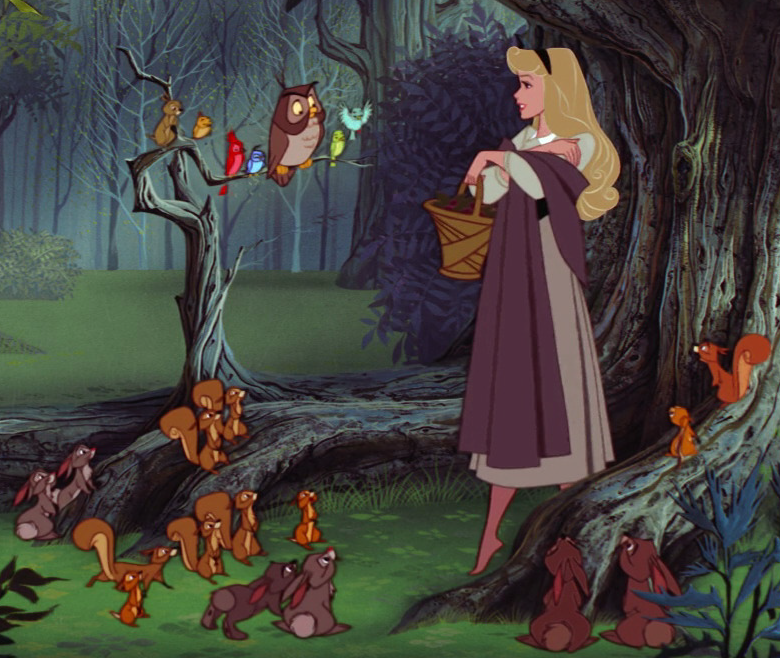 |
| Sleeping Beauty |
 |
| Mulan |
 |
Pocahontas
|
 |
| The Little Mermaid |
 |
| The Hunchback of Notre Dame |
 |
| The New Adventures of Winnie the Pooh |
 |
The Great Mouse Detective
|
 |
| Brave |
 |
Frozen
|
 |
| Old Yeller |
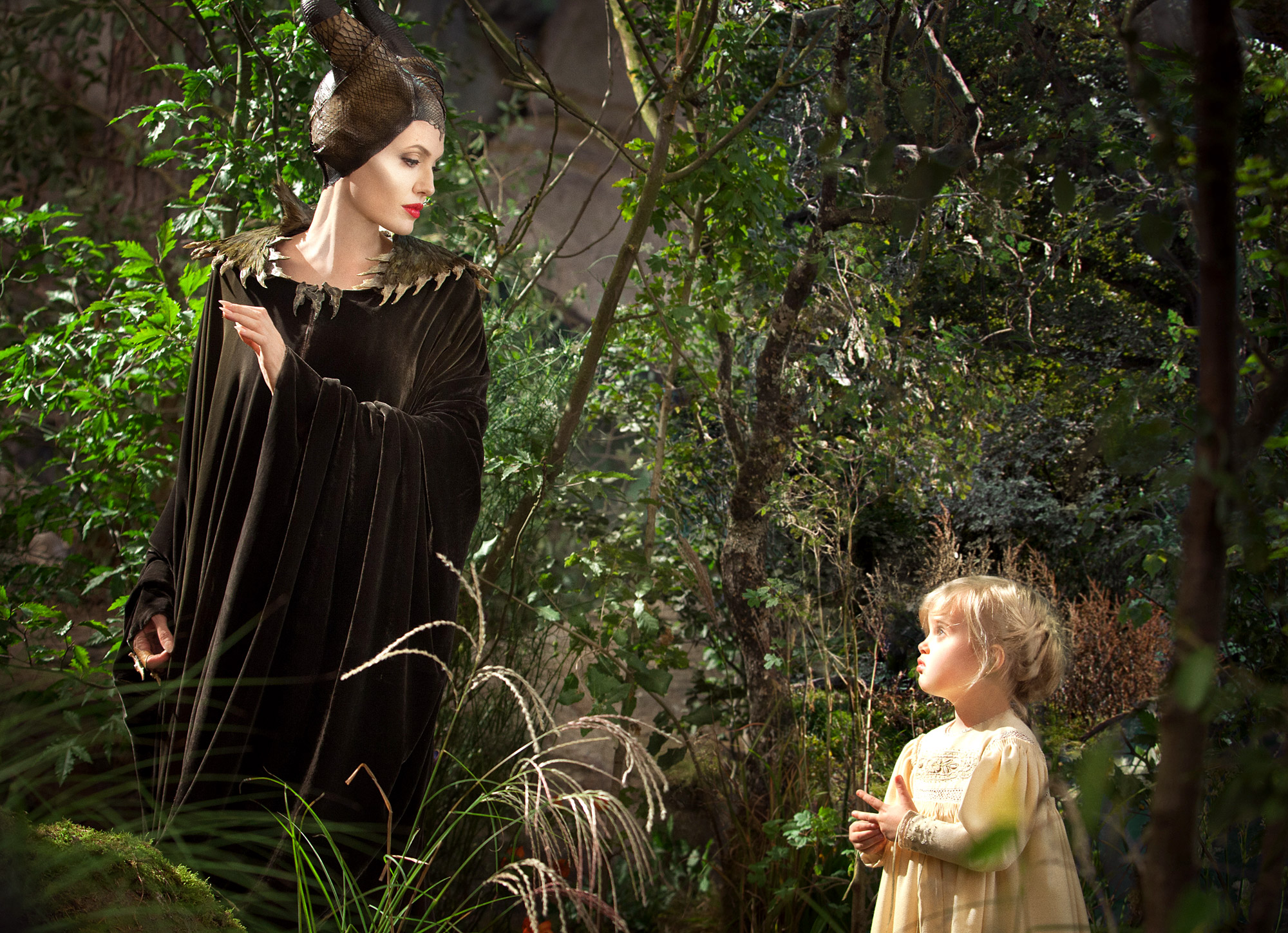 |
| Maleficent |
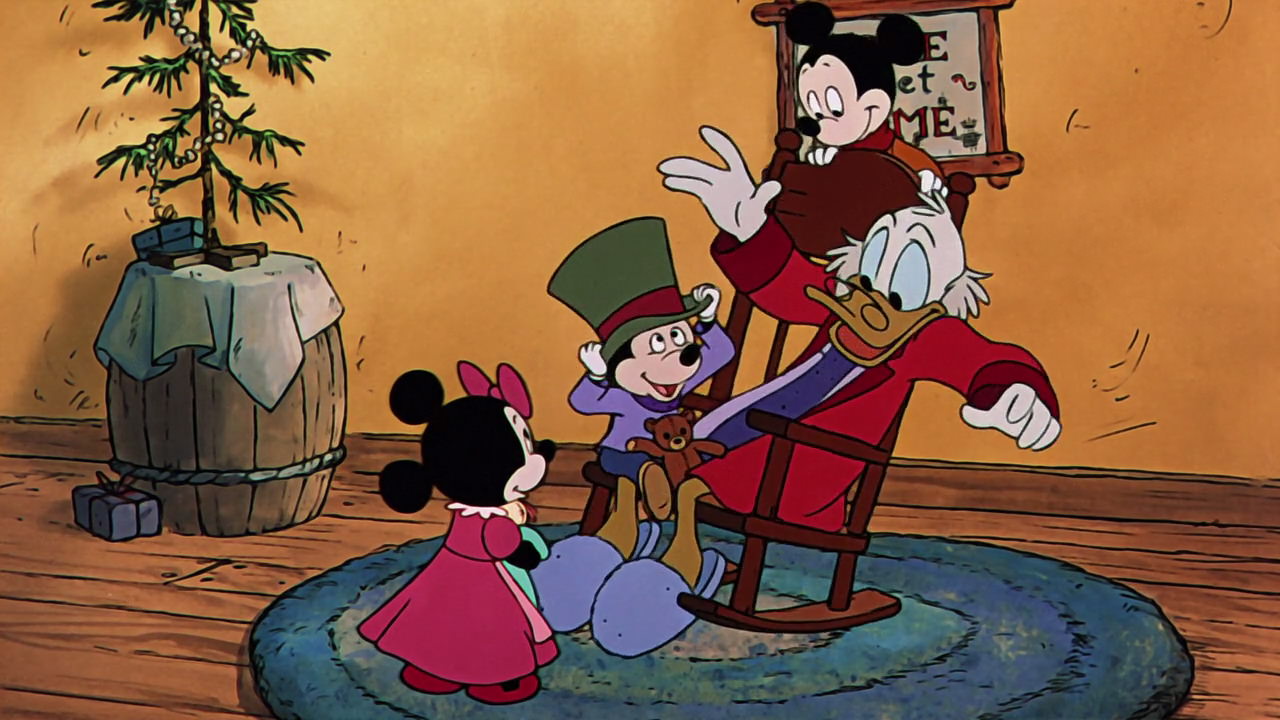 |
| Mickey's Christmas Carol |
 |
The Light in the Forest
|
 |
| Johnny Tremain |
 |
Tales of Robin Hood
|
 |
| The Lion, the Witch, and the Wardrobe |
 |
| The Jungle Book |
 |
| Tangled |
